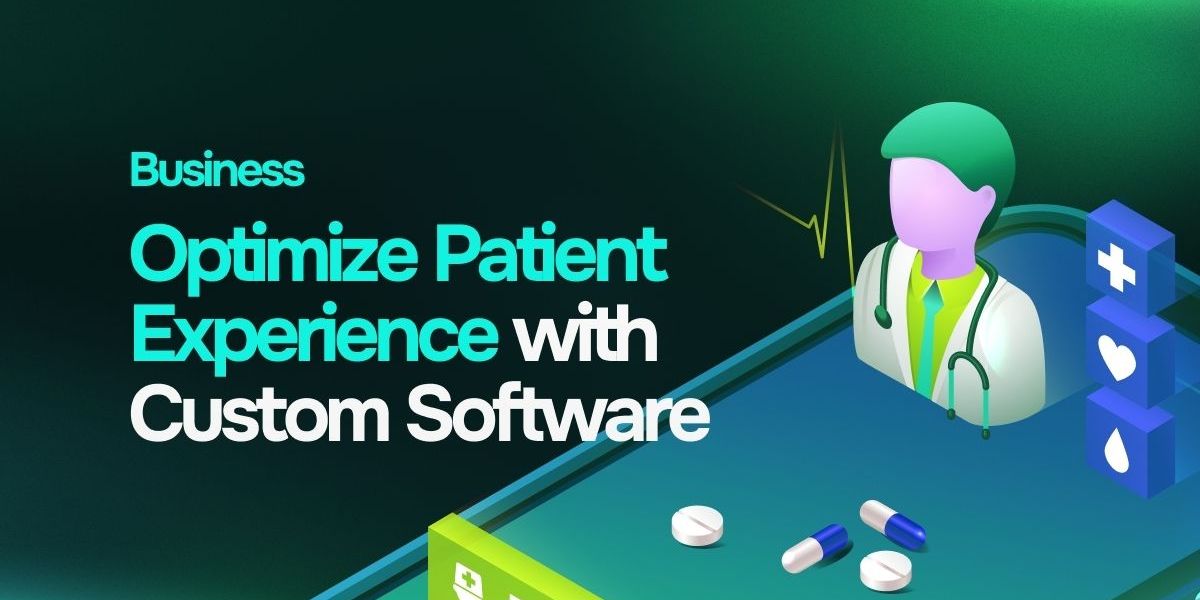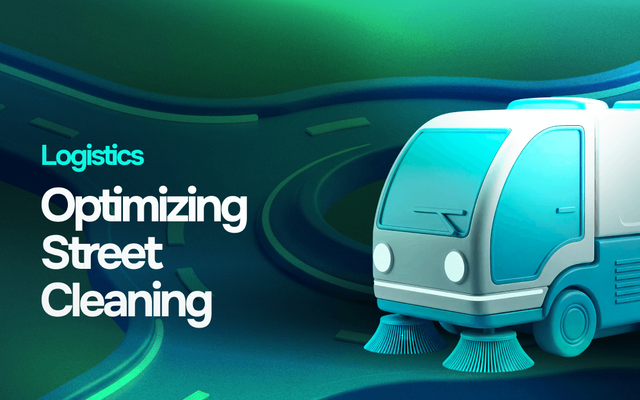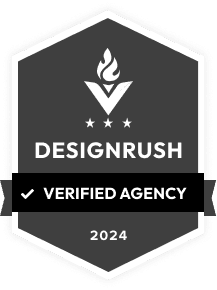
Let’s talk about something healthcare doesn’t always do well—mapping the patient journey. Not the theoretical, multi-tab spreadsheet version. That we do great — we’re talking about the gritty, visceral, dirty, smelly, sometimes painful thing. The real thing. The messy, human experience of moving through a healthcare system that’s confusing, overwhelming, and—if you’re being honest—often wacky. To what extent?
South Park actually released, in 2024, a 4-minute clip making fun of it. That’s how ingrained and insane the whole process is — it’s become a pun and something the US is being laughed at internationally. This article explores 10 proven ways custom software solutions can make patient journey mapping not only more accurate but also more effective, so you can enhance patient experiences, optimize care delivery, and streamline operations along the way. And, not end up as a joke on some TV show.
Why Patient Journey Mapping Matters (Now More Than Ever)
Healthcare is complex. And that complexity? It shows. Over the years, while most other industries have been gutting the red tape and taking a machete to bureaucracy, healthcare has gone the other way. It’s become immersed, to the point of drowning in all those things that slow it down. And it’s not entirely its fault — healthcare, as a fault, is a multi-branched industry that depends on many others. Insurance companies, tech companies, government agencies, vendors, and even other hospitals and healthcare workers. It’s not siloed, but open, and each branch has its own share of headaches.
And it gets even more complicated when you factor in regulatory requirements that vary wildly by country. Take Italy, for example. Their healthcare system requires all medical invoices and prescriptions to be sent to their national health card system (Sistema Tessera Sanitaria or STS). Miss this step, and you're not just creating a paperwork problem—you're potentially breaking the law.
Long wait times, repeated forms, disconnected care teams, unclear discharge instructions—the cracks are everywhere. And patients? They feel all of them. Each and every one of them.
That’s why, in today’s complex ecosystem, patient journey mapping is the buzzword. It’s a visual process—a way to chart out every interaction, touchpoint, and emotion a patient experiences from the moment they realize something’s wrong to the moment they (hopefully) feel better.
This map isn’t just for decoration. It helps you:
Spot where things break down
Identify gaps in communication and care
Improve the journey for patients and staff
And when you combine this process with custom software solutions? You get a living, breathing engine of continuous improvement.

What the Patient Journey Mapping Process Looks Like
It starts with empathy. But it moves fast into data, workflows, and strategy — it takes into account who the patient is, but also how to streamline them through the whole system. A good patient journey map walks through five core stages:
Awareness: When the patient first notices symptoms
Consideration: When they research options or schedule care
Treatment: When they engage with providers
Recovery: When care shifts to healing and monitoring
Follow-up: When long-term support and outcomes matter
These stages are universal, but how does a patient experience them? That’s where it varies wildly—and that’s where the right tools come in.
How Custom Software Supercharges the Process
Off-the-shelf tech solutions often come with rigid structures and cookie-cutter features. But custom software? It adapts to you. Your workflows. Your goals. Your patients.
Custom software allows you to build solutions that adapt to your specific needs, rather than forcing you to adjust your processes to fit a one-size-fits-all tool.
Let's break down 10 ways custom software can help.
1. Centralized Data Collection and Integration
Right now, your data lives everywhere: EHRs, CRMs, surveys, portals, Excel sheets, sticky notes. It’s chaos.
One of our most challenging clients once came to us with an actual set of huge boxes full of notes. Part of his data was in those boxes, along with stacks of filing cabinets.
Custom patient journey mapping software can pull all of that into one central platform, so every team member sees the full picture. So you know what’s happening.
No more guessing. No more asking patients to repeat the same info five times. Just streamlined data that actually works for you. One of the biggest complaints patients have is just that — “haven’t I said this a hundred times…” Most feel that they are not being listened to when they are asked for the same data over and over again.
2. Real-Time Monitoring of Patient Progress
Want to know how a patient is doing—right now? Real-time dashboards built into custom tools can track vitals, meds, appointments, and milestones.
No more waiting for next week’s meeting to realize someone’s falling through the cracks.
You see it. You act on it. You fix it. And today, it’s never been easier. Why? Wearables. Today’s wearable tech, for example, the Apple Watch, is not only widely used and easy to buy, but is loaded with sensors that can help doctors remotely monitor how a person is doing.
3. Personalized Patient Experience
Every patient is different. Their journey should be, too. Custom solutions allow you to create experiences based on condition, preferences, history, or care plan.
Think dynamic education modules, personalized appointment reminders, and symptom trackers that adapt to what the patient needs most. It’s healthcare that feels personal—because it is.
Some patients love tech. Some don’t. Some take their medicine. Some don’t. Some need psychological care. While others don’t. Each one demands tailored solutions to their needs.

4. Data-Driven Insights for Continuous Improvement
The map isn’t the endgame. Improvement is.
Software that tracks metrics across patient touchpoints can reveal:
Average wait times
Drop-off rates
Recovery bottlenecks
Post-care engagement
The more data you collect, the more you can iterate. Constantly. Intelligently. The more patterns you can find. Medicine starts being about information and not gut feeling.
5. Seamless Patient Communication and Engagement
Want to destroy trust fast? Miscommunication. It’s that easy — patients need to feel like you’re engaged. That you remember who they are and that you’re not just checking things off while you do the rounds.
Custom software guarantees your team can send unified, fast messages across multiple channels—text, email, app notifications, you name it.
It also gives patients a simple, great way to reach out when they’re confused. Or scared. Or just need clarification.
6. Automated Feedback and Survey Integration
Post-visit surveys? Great. But if they live in a spreadsheet that no one opens, what’s the point?
Custom tools can:
Send feedback prompts automatically
Analyze responses in real time
Flag negative sentiment
Loop insights back into patient journey optimization
It turns into “Did they like us?” into “Here’s what to improve next week.” — This is critical, as well as checking Google reviews. Why? It gives you a litmus test on what needs to get better. Instead of scaling, you need to improve what you already have.
7. Enhanced Coordination Among Care Teams
Different departments — different systems — dropped balls.
Custom software gives every care team member—from front desk to surgeon to rehab—a shared view of the patient journey. That means:
Better handoffs
Fewer mistakes
Clearer responsibilities
Happier, safer patients
It’s not magic. It’s just coordination, done right. It’s fewer people fumbling. In healthcare, one of the biggest issues is the fact that sometimes the right hand doesn’t know what the left one is doing.
8. Predictive Analytics for Proactive Care
Imagine knowing that a patient is likely to miss their post-op appointment—before they miss it.
Or spotting that someone’s at high risk for readmission, while they’re still recovering.
That’s predictive analytics in healthcare patient journey mapping. Custom software can analyze trends and flag risks early, helping providers act before problems spiral.
And how does it do it? Through the use of AI. AI, as we constantly find ourselves repeating, isn't a tool, but an agent. It has agency. That means it can view a vast amount of data and make logical leaps based on it. It can detect patterns we can’t see — and it can look into a patient’s information and come up with some rather accurate predictions.
9. Efficient Billing and Payment Processes
Billing isn’t just back-office noise. It’s part of the patient journey. And if it’s clunky, confusing, or delayed, it ruins the whole experience.
Custom tools can:
Provide clear, upfront billing info
Automate insurance checks
Offer payment plans or financial guidance
Minimize surprise charges
Healthcare is stressful enough. Payments shouldn’t make it worse.
10. Improved Follow-Up and Post-Treatment Care
The journey doesn’t end when the patient leaves your facility. In fact, that’s where it often gets complicated.
Custom systems can automate:
Appointment scheduling
Prescription tracking
Follow-up education
Ongoing care coordination
It helps patients feel supported. And it helps you improve outcomes without manually tracking every step.
The Power of Custom Integration: A Real-World Example
Let's see what this looks like in practice. The MyPCEasy project demonstrates how custom software transforms patient journey mapping in specialized healthcare settings.
Developed for physiotherapy centers in Italy, MyPCEasy addresses the unique workflows these clinics need—from specialized appointment scheduling to regulatory compliance. The platform handles Italy's mandatory reporting requirements, automatically sending e-invoices to the SDI (Sistema di Interscambio) and transmitting data to the STS (Sistema Tessera Sanitaria) for health action registration.
What makes it effective:
A dynamic calendar interface for managing appointments and treatment cycles
Automatic regulatory compliance with Italian healthcare requirements
Connection with a patient mobile app for notifications and document access
Management dashboards for financial reports and productivity metrics
The result? Clinics across Italy now use a solution that fits their exact workflow. They don't waste time adapting to software limitations or worry about compliance failures. Most importantly, they focus on patients while the system handles complex technical and regulatory requirements.
This is the key advantage of custom solutions: you don't adapt to the software—it adapts to you.

Recap: 10 Ways Custom Software Supercharges Patient Journey Mapping
Let’s sum it up. Here’s how custom software enhances your patient journey mapping process:
Integrates and centralizes data
Monitors progress in real time
Personalizes every experience
Provides actionable insights
Streamlines communication
Automates feedback loops
Connects care teams
Predicts issues before they happen
Simplifies billing
Improves follow-up care
All of these improvements lead to better experiences, better health outcomes, and yes, better operational efficiency.
The Future of Healthcare Runs on Custom Tools
Mapping the patient journey is the baseline for healthcare organizations nowadays — for those that want to compete, grow, and deliver care that patients trust. For those who want to stand out. And if you're serious about that mission, custom software is where the game is at.
It gives you control. Clarity. Adaptability. And in an industry where one delay or oversight can have real consequences, that kind of control isn’t just useful—it’s transformational.
So if you're still trying to track patient journeys with sticky notes, spreadsheets, and siloed systems, it’s time. Talk to a developer. Explore your options. Build something that reflects how seriously you take care. And do your best so you don’t appear on South Park.







